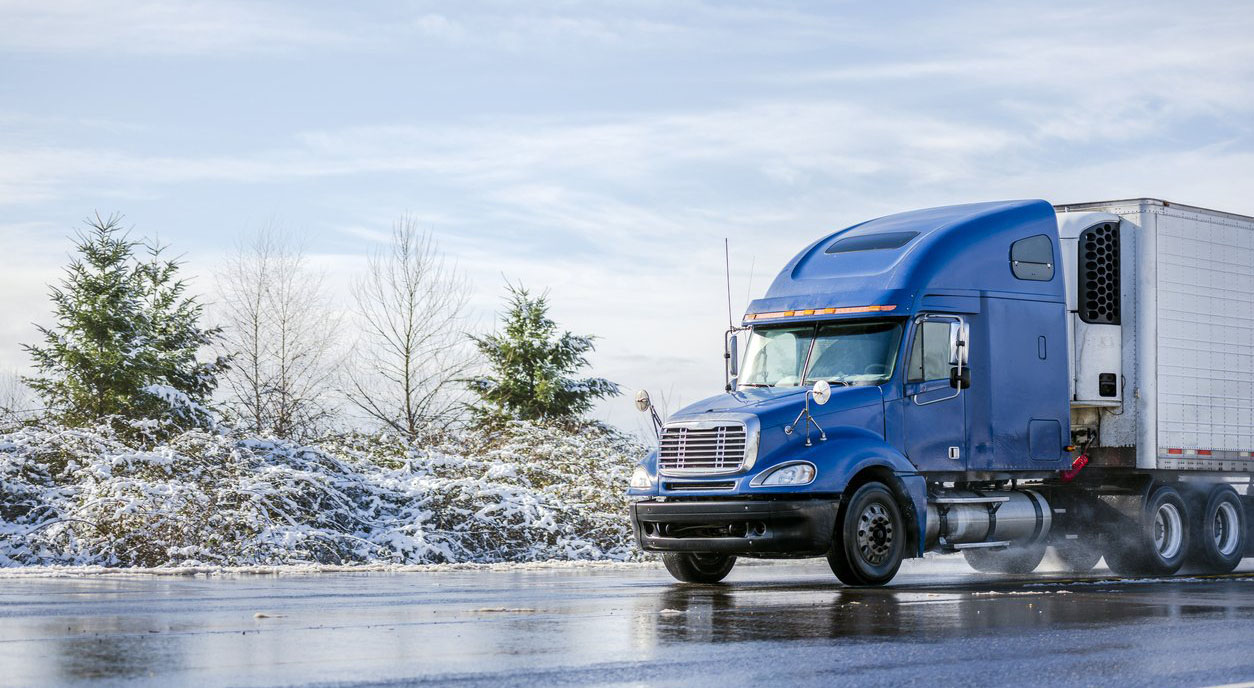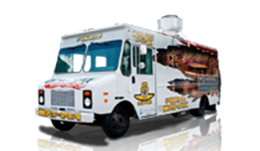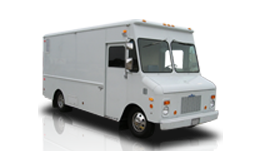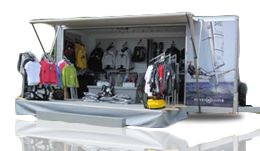Semi-Truck Accidents and How to Prevent Them

Semi-trucks are an ordinary sight on highways and interstates. They transport goods from one point to another and are an essential part of the American economy. We may say that these semi-trucks are marvelous. But still, they are dangerous machines and they pose a high risk on the road.
What’s Inside
Types of Semi-Truck Accidents
Around 500,000 semi-truck accidents happen every year. So, it’ll be best to know the types of semi-truck accidents and how to prevent them.
Blind Spots
There are five main blind spots on a semi-truck. These are:
- At the immediate front of the cab extending forward to 20 feet
- Behind the semi-truck’s trailer extending up to 30 feet
- Below the driver’s seat
- Behind the driver’s seat
- The right side of the cab diagonally extending backward
These are areas a semi-truck driver can’t see. They are a result of the large dimension of the semi-truck. The Federal Motor Carrier Safety Association (FMCSA) called them dangerous no-zones. It’s because of the high accident risk that may result when a vehicle moves within these blind spots. Blind spots commonly cause:
- a vehicle being run off the road by the truck
- a passenger vehicle being run off the road by the truck
- a rollover accident
- a sideswipe accident
- underride collision
To avoid such mishaps, here are some precautions to take:
- Avoid tailgating. This means keeping a safe driving distance. For semi-trucks, the general rule is to add a distance equal to their truck’s length for every 10 mph. Braking, terrains, and tire quality may affect this rule.
- Other vehicles should avoid passing on the semi-truck’s blind spots.
- Truck drivers should ALWAYS check the blind spots before making a change in the lane.
- Truck drivers should avoid aggressive driving. Don’t hit the brake to make another vehicle to back off. Avoid cutting off another vehicle.
Head-On
A head-on collision happens when two vehicles’ front ends hit each other. This is the most devastating type of accident commonly causing death and serious injuries. The common causes of head-on collisions for semi-trucks are:
- Driving distractions
- Improper overtaking
- Low Visibility
- Tire blowout
Here are some tips to avoid head-on collisions:
- Avoid quick changing of lanes. Drivers should always remember that semi-trucks need more time to react.
- Avoid driving around blind spots. Make sure that you can see a semi-truck driver on their side mirror. It’s a guarantee that they see you too.
- Keep calm. Let aggressive drivers pass instead of reacting. Remember you’re not in a race.
- Keep right when driving on multiple-lanes. It’s easier and safer to pull over off the road rather than hitting other vehicles.
- When pulling over to a shoulder, keep the wheels on the driver’s side within the pavement for stability.
- When you see a vehicle heading straight on the truck, quickly veer to the right. Or choose to hit a fixed object instead of other vehicles. This causes less injury.
Jackknifing
This is a dangerous situation where a semi-truck cab and trailer loss sync forming an L or V shape. The weight of the trailer moves forward to the cab creating a fold. The fold can swipe or trap other vehicles causing many injuries. The common causes of jackknifing on semi-trucks are:
- Improper brake maintenance causes the trailer axles to lock up and fold.
- Slippery roads cause a truck to lose traction.
- Speeding with sudden braking can be too much for a trailer to handle causing a fold.
- Unsecured cargo can cause the trailer to move around.
To prevent jackknifing, semi-truck drivers should take the following precautions:
- Avoid speeding. Semi-trucks carry heavy loads and it’s harder to control the wheels if you have a higher speed.
- Maintain prudent stopping distances and brake ahead of time to prevent contact with other vehicles should there be a jackknife.
- Proper semi-truck maintenance to ensure efficiency in axle control, braking, and traction.
Lost Load
There are times when semi-trucks cargoes are unsecured. They cause the load to fall out causing injury to nearby pedestrians or motorists. Semi-truck drivers should always take responsibility for checking the stability of their trailer’s loads. They should see to it that the cargoes are well-contained and secured. don’t blow, spill, or leak, don’t fall from the trailer. It also pays to check that the loads don’t shift in case the semi-truck maneuver or takes a turn.
Rear-End
This type of semi-truck accident is commonly fatal especially if the vehicle at the back is a small one. The common causes of rear-end collisions are:
- Brake malfunction
- Improper headlamp functioning
- Improper use of turning indicators
- Tailgating
All vehicles need to maintain proper following distance. Drivers should always use the headlights and signal lights properly when on the road. At the same time, do a regular check on your lights to avoid the risk of accidents should they fail to function.
Truck Rollovers
A truck rollover happens when a semi-truck driver loses control. This is very dangerous as it may cause death or serious injury to nearby motorists. The common causes of truck rollovers are:
- Poor truck maintenance
- Speeding
- Unsecured cargo
Again, semi-truck drivers should always remember that they’re carrying heavy loads. It would be hard to control the wheels if they travel at a higher speed. They should also conduct regular vehicle inspection for proper maintenance. This is to ensure that there’s efficient braking, control, and traction. Moreover, it’s the driver’s responsibility to see to it that the loads he’ll be transporting are secured.
Wide Turn
A wide turn happens when a semi-truck driver swings to the left to make a right turn. This can trap a motorist or pedestrian at the rear or right part of the truck. Such a situation can lead to death or serious injuries. Semi-truck drivers need to undergo special training to prevent wide turn accidents. It takes extreme caution and proper knowledge to make a safe wide turn with a semi-truck. To prevent such mishaps, semi-truck drivers should always turn signals. This is to warn other motorists to keep away for safety. Give the truck enough time to make a turn. This means limiting your speed before making the turn. And never forget to check the rear and side mirrors to properly manage the space.







